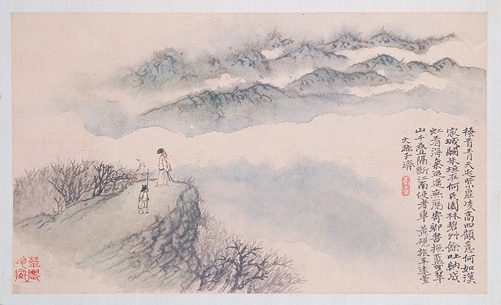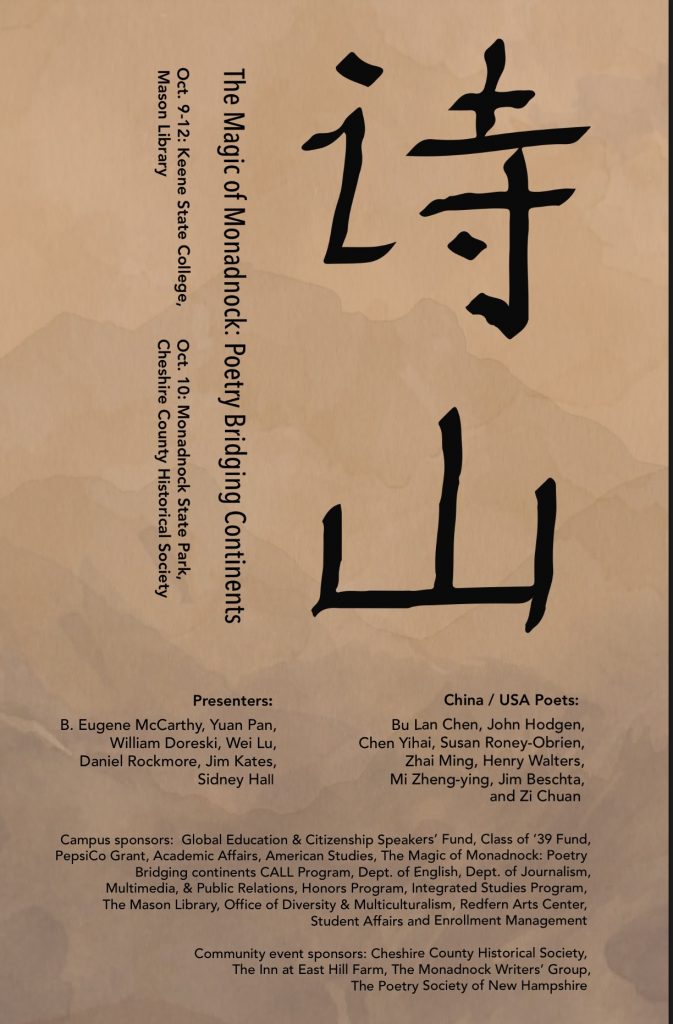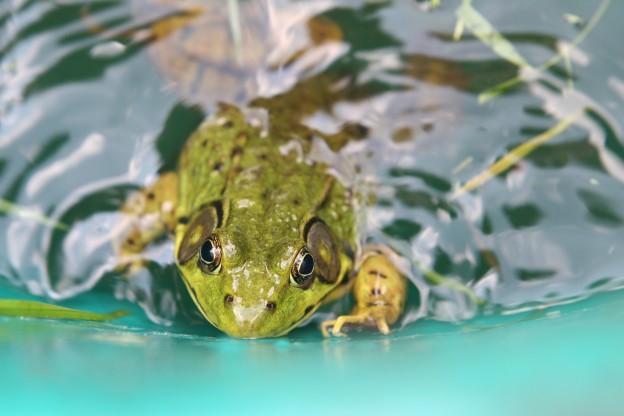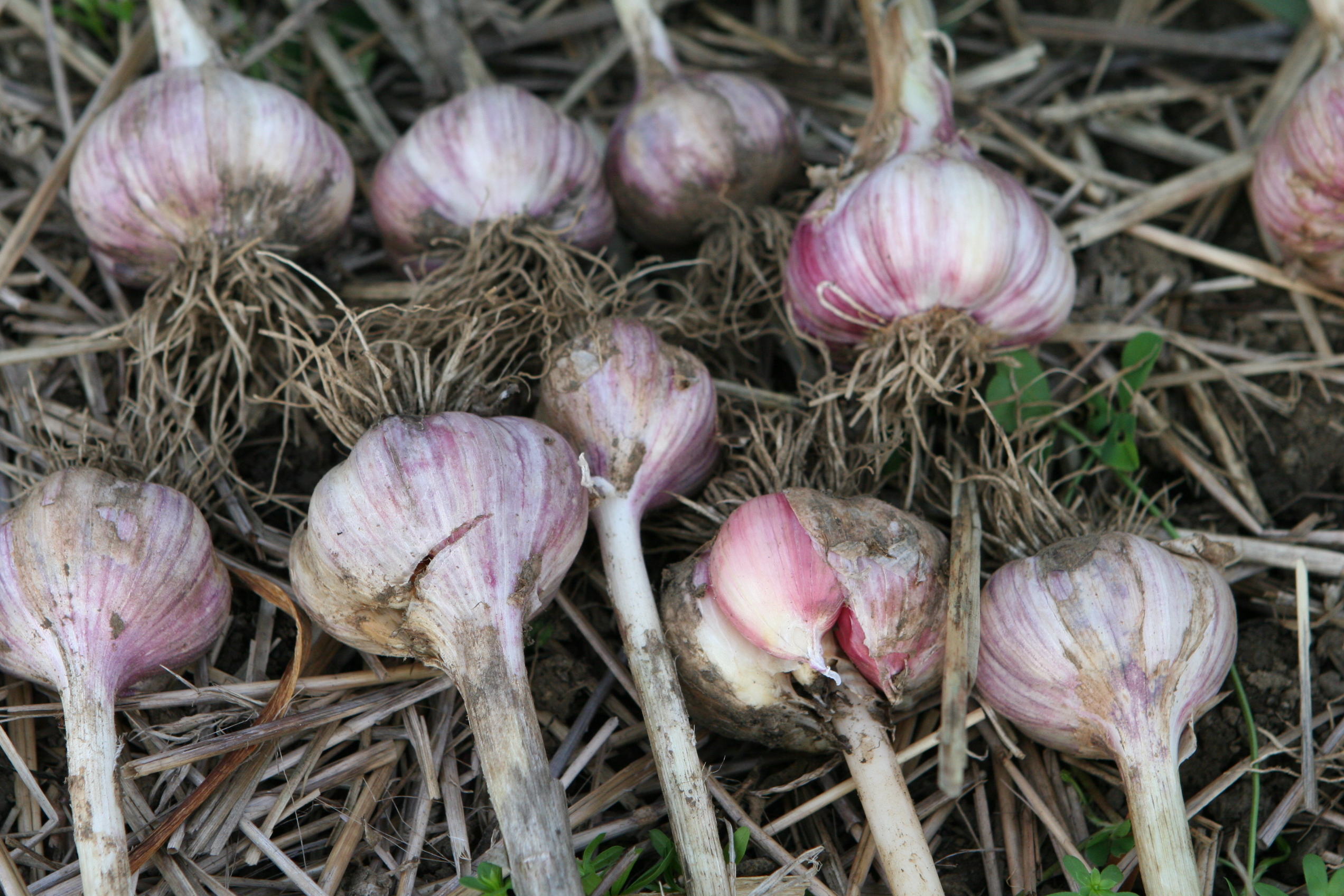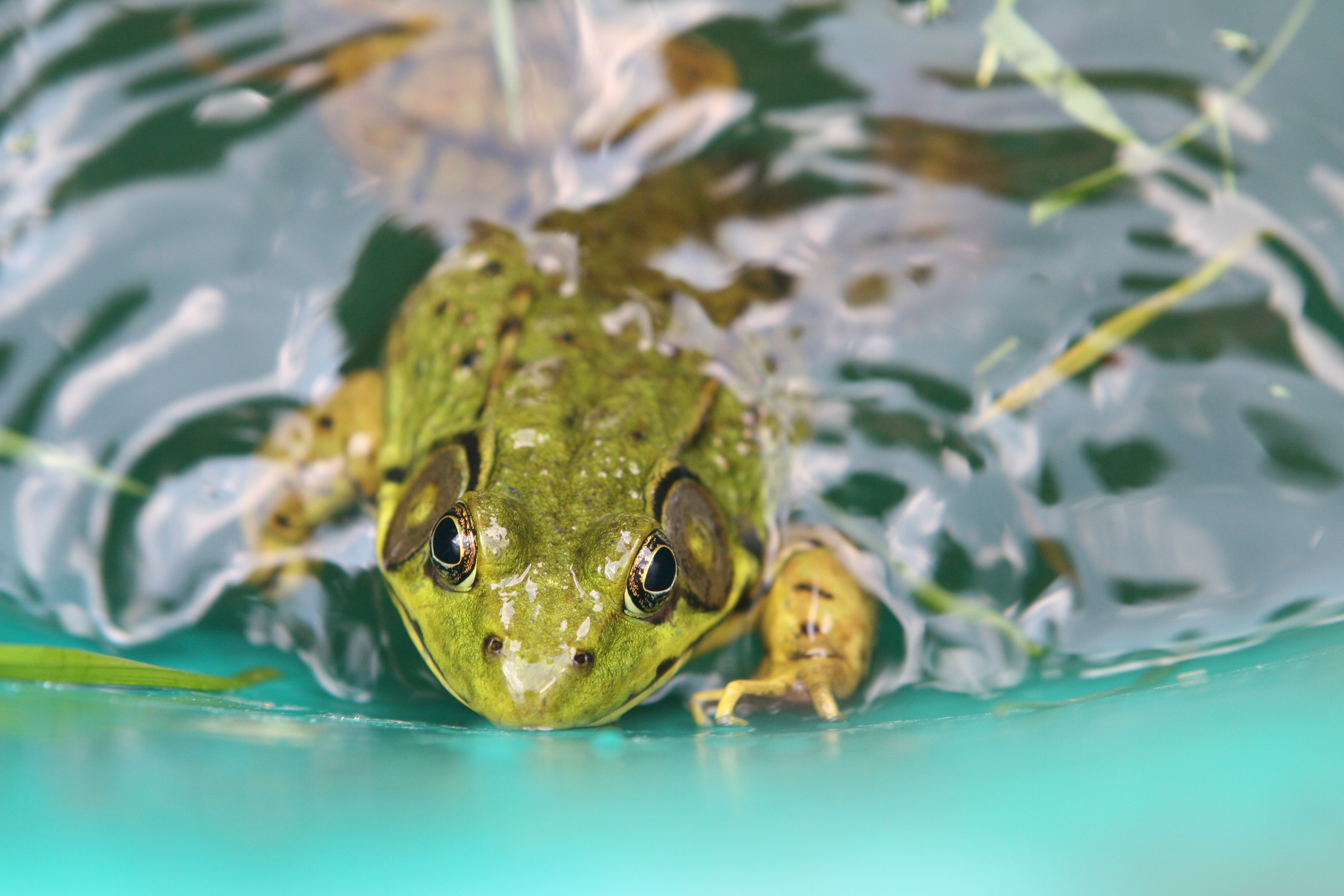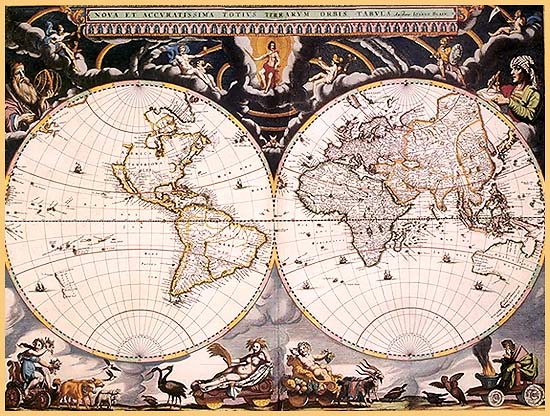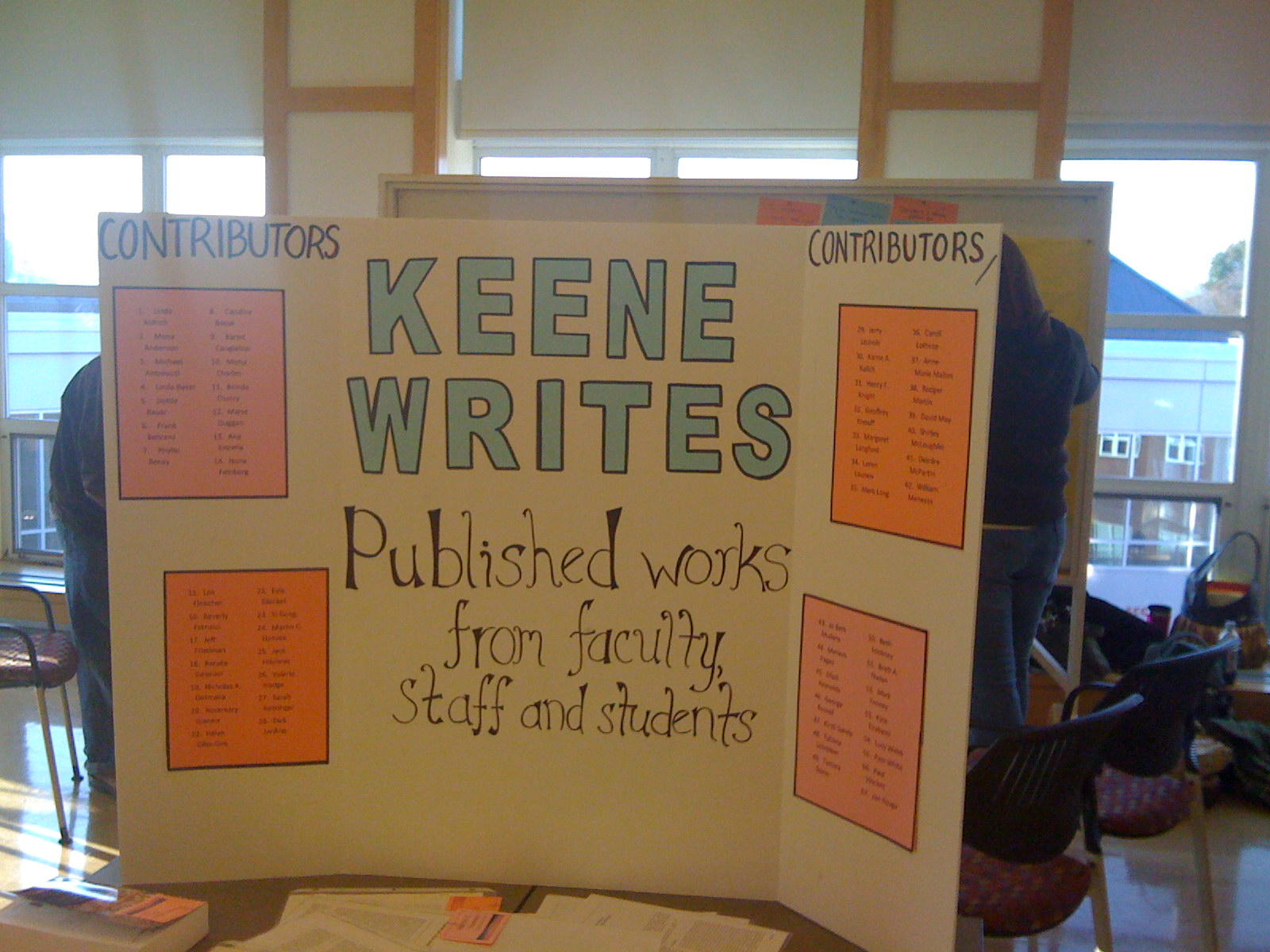马克·龙(Mark Long) is going to China.
With an invitation in hand to be part of an American delegation to the “Poetry Bridges Continents: China and American Pastoral Poetry Symposium” to be held on November 11-16, 2018 at Yancheng Teachers University, Yancheng, Jiangsu, China, some of my summer work will include my contribution to the symposium.
The symposium will present academic panels, keynote speeches, and bilingual poetry readings. The delegation, while visiting, will give readings and lectures, and meet with faculty and students. Additionally, to strengthen our East-West connections, at a special ceremony during the symposium, the YCTU library and Mason library of Keene State College will exchange special collections. We will set up a Mondanock-region poetry collection at the host Chinese university that would a sister collection to ours at Keene State College, and we will solicit from poets represented in our collections to donate volumes towards the sister collection.
The Yancheng symposium is part of a cultural exchange that began this past fall at Keene State College with the colloquium, “The Magic of Monadnock: Poetry Bridging Continents.” We hosted poets from China and poets from the Monadock region to explore the geographies of the Monadnock region in New Hampshire and the Maoshan in the southwestern Jiangsu province. The four-day international gathering brought Chinese and American poets to Keene State College for a cultural exchange open to and involving students, faculty, and the larger community.The Mason Library’s Monadnock Poetry Special Collections, The Redfern Arts Center, The Thorne Art Gallery, and the Division Arts and Humanities were co-sponsors of the event. The week celebrated the pastoral in all its possibilities, with performances, readings, collaborations, discussions, including a field hike to Thoreau’s Seat on the slopes of Mt. Monadnock.
I am grateful to the poet and professor Rodger Martin and professor and College archivist Rodney Obien for including me in this project.

Lunch-at-Halfway-House Hotel foundation: Henry Walters, Zichuan, Mark-long, Brittany-ONeal, Linda Warren, Rodney Obien, Rodger, Martin (photo by Chen Yihai)
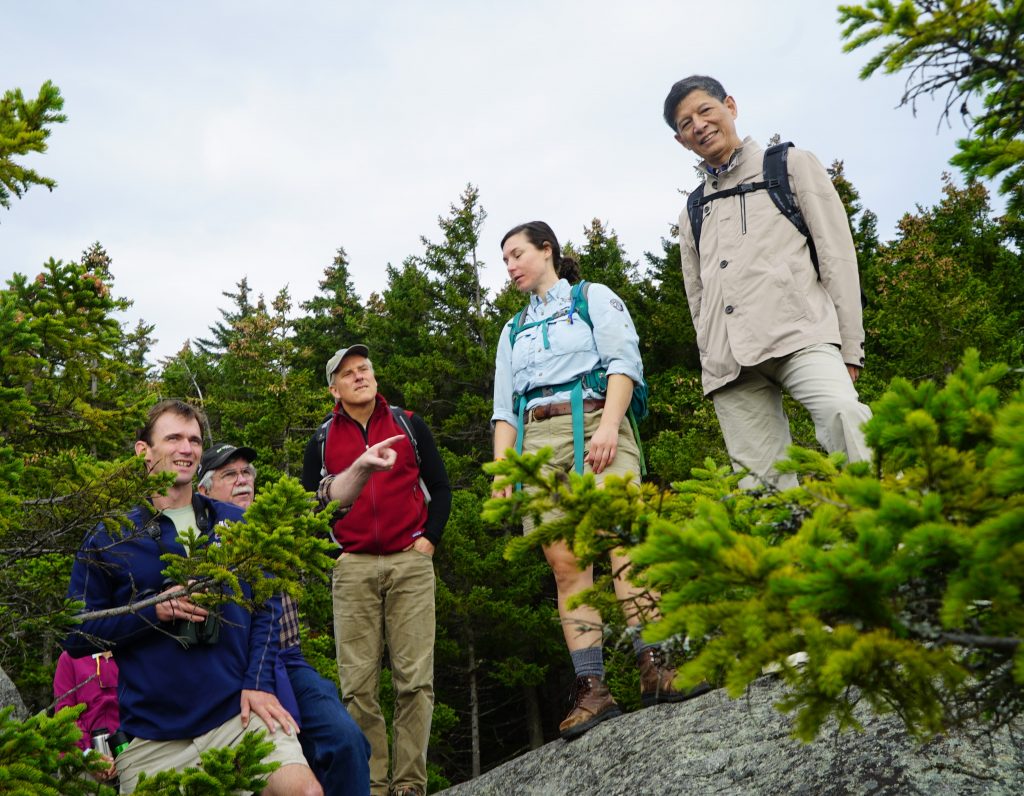
Henry Walters, Rodger Martin, Mark Long, Brittany O’Neal, and Zichuan at Thoreau’s Seat, Mt. Monadnock
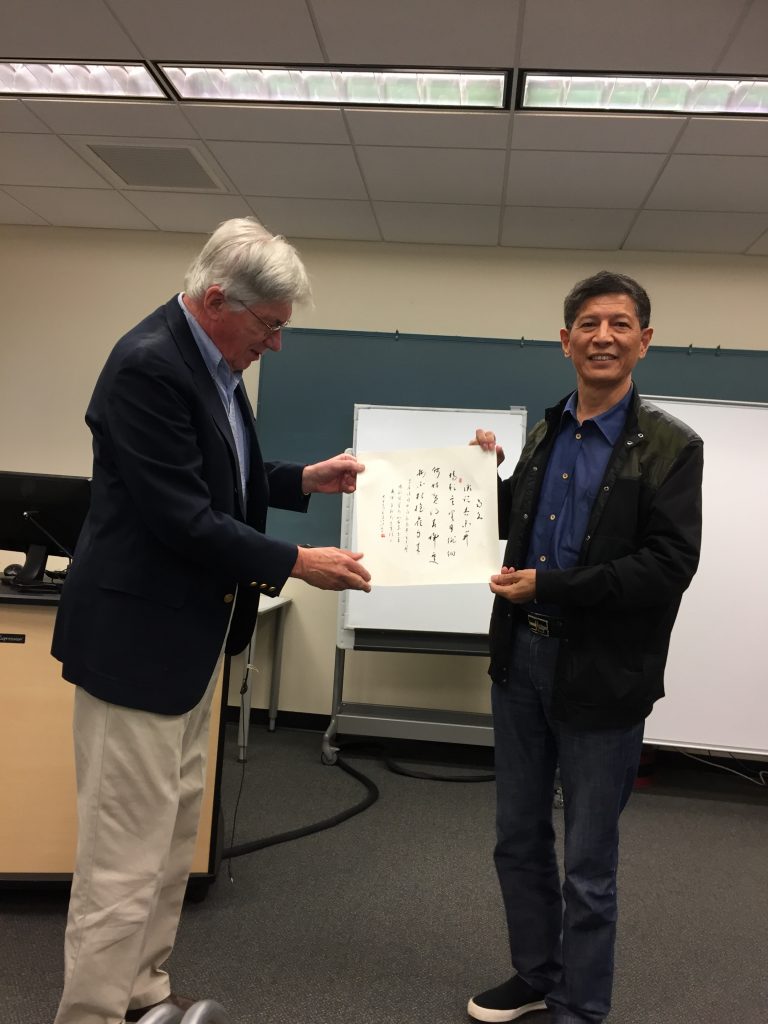
One of the events at “The Magic of Monadnock: Poetry Bridging Continents” was honoring Professor Emeritus William Doreski with the re-naming of the Doreski Archive in Modern Poetry at Mason Library. To commemorate the occasion, Chinese poet and scholar Zi Chuan, presented him with Chuan’s original calligraphy of a poem dedicated to Dr. Doreski.
Within the Circuit of this Plodding Life
Within the circuit of this plodding life,
There enter moments of an azure hue,
Untarnished fair as is the violet
Or anemone, when the spring strews them
By some meandering rivulet, which make
The best philosophy untrue that aims
But to console man for his grievances.
I have remembered when the winter came,
High in my chamber in the frosty nights,
When in the still light of the cheerful moon,
On every twig and rail and jutting spout,
The icy spears were adding to their length
Against the arrows of the coming sun,
How in the shimmering noon of summer past
Some unrecorded beam slanted across
The upland pastures where the Johnswort grew;
Or heard, amid the verdure of my mind,
The bee’s long smothered hum, on the blue flag
Loitering amidst the mead; or busy rill,
Which now through all its course stands still and dumb
Its own memorial,—purling at its play
Along the slopes, and through the meadows next,
Until its youthful sound was hushed at last
In the staid current of the lowland stream;
Or seen the furrows shine but late upturned,
And where the fieldfare followed in the rear,
When all the fields around lay bound and hoar
Beneath a thick integument of snow.
So by God’s cheap economy made rich
To go upon my winter’s task again.
-Henry David Thoreau, from The Natural History of Massachusetts (1842)
Featured Image, Broad-Distance Pavillion, From Illustrations To The Poems Of Huang Yan-Lü (1701–02), By Shih T’ao, Metropolitan Museum of Art

